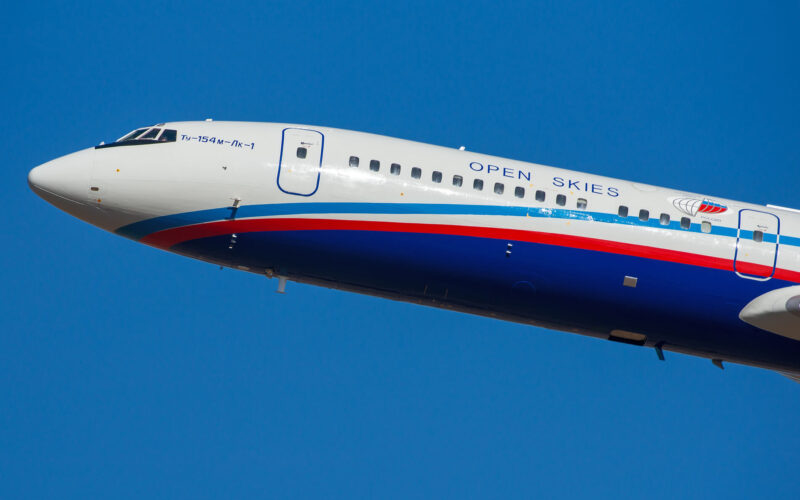In a plenary meeting of the Open Skies Consultative Commission on February 22, 2021, Konstantin Gavrilov, the head of the Russian delegation, announced that the withdrawal procedure of the Russian Federation from the Open Skies Treaty would be done by the end of summer 2021.
“Domestic procedures for Russia’s withdrawal from the Treaty on Open Skies are ongoing, we expect them to be over by this summer,” Gavrilov said in a statement. “If the U.S. does not inform us by then of its willingness to return to the Treaty, Russia will send a note to the Depositaries, Hungary, and Canada, notifying them of its withdrawal from the Treaty on Open Skies.”
On January 15, 2021, Russia announced its intention to withdraw from the Open Skies Treaty, which allows mutual aerial monitoring of military movements and strategic installations of the signatory countries. The move followed a similar decision from the Trump administration on November 22, 2020, citing “repeated violations from Russia.”
Supporters of the treaty hoped for a change of stance from the newly elected president Joe Biden. During his campaign, Biden pronounced himself against his predecessor’s decision. “The United States and our allies would benefit from being able to observe — on short notice — what Russia and other countries in Europe were doing with their military forces,” he declared on May 22, 2020. However, his administration has yet to officially reach out to reserve the process.
“The Russian Federation will not wait indefinitely for the United States to determine whether it is ready to return to the Treaty,” Gavrilov warned. “There is not much time left for thinking.”
The Treaty on Open Skies
Initially negotiated between the members of NATO and of the Warsaw Pact, the Treaty on Open Skies was signed in 1992 in Helsinki, Finland. However, it was only ratified nine years later by Russia and came into effect on January 1, 2002.
State parties are Belarus, Belgium, Bosnia and Herzegovina, Bulgaria, Canada, Croatia, the Czech Republic, Denmark, Estonia, Finland, France, the Republic of Georgia, Germany, Greece, Hungary, Iceland, Italy, Latvia, Lithuania, Luxembourg, the Netherlands, Norway, Poland, Portugal, Romania, Russian, Slovakia, Slovenia, Spain, Sweden, Turkey, Ukraine, the United Kingdom, and, for now, the United States. Kyrgyzstan is also a signatory of the treaty but it has yet to be ratified. The countries are all members of the Organization for Security and Co-operation in Europe (OSCE). One of the purposes of those flights is to observe military movements and make sure arms limitation measures are enforced.
Each country must accept a number of observation flights, the “passive quota” and is able to carry out as many as it received, the “active quota”. A 72-hour notice before an observation flight must be communicated to the authorities of the observed country, and the other members of the treaty. Once the flight is carried out, the data collected is available to all signatories.
Asked about the importance of the Treaty, the French Armed Forces General Staff told AeroTime News that “as a guarantee of transparency, it stems from the common will of state parties to create security and confidence on the European continent”.
The flight has to be carried out by an “unarmed, fixed-wing aircraft” equipped with “agreed sensors”. These sensors include optical panoramic and framing cameras, video cameras with real-time display, all with limited resolutions defined by the Treaty. While provisions to use sideways-looking synthetic aperture radars and infra-red line-scanning devices exist, none of the aircraft specifically equipped for the application of the treaty have any onboard.

